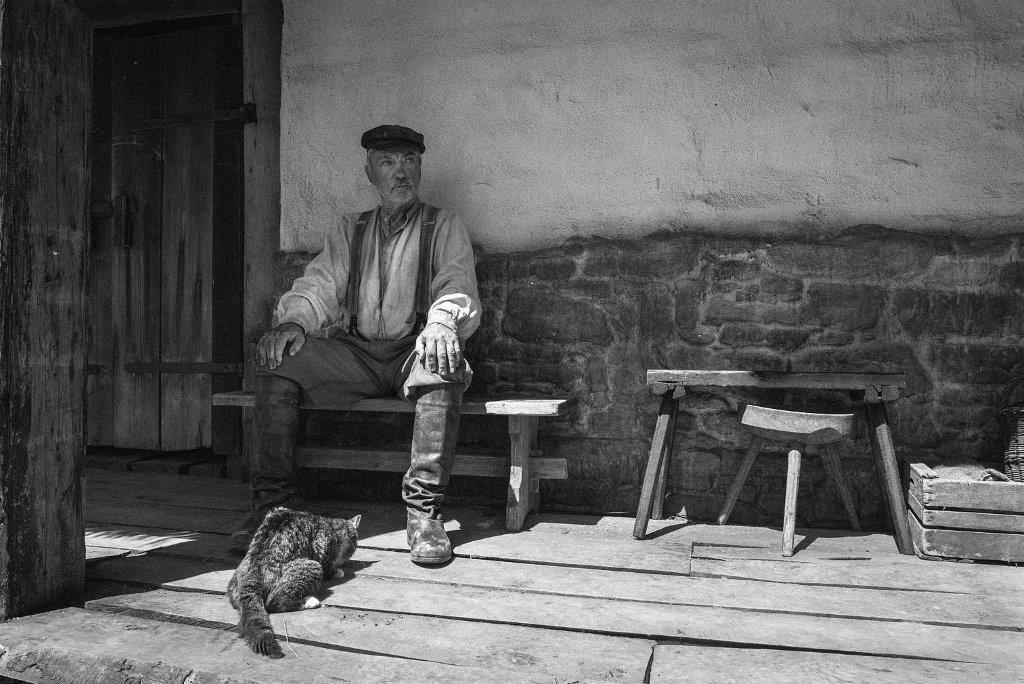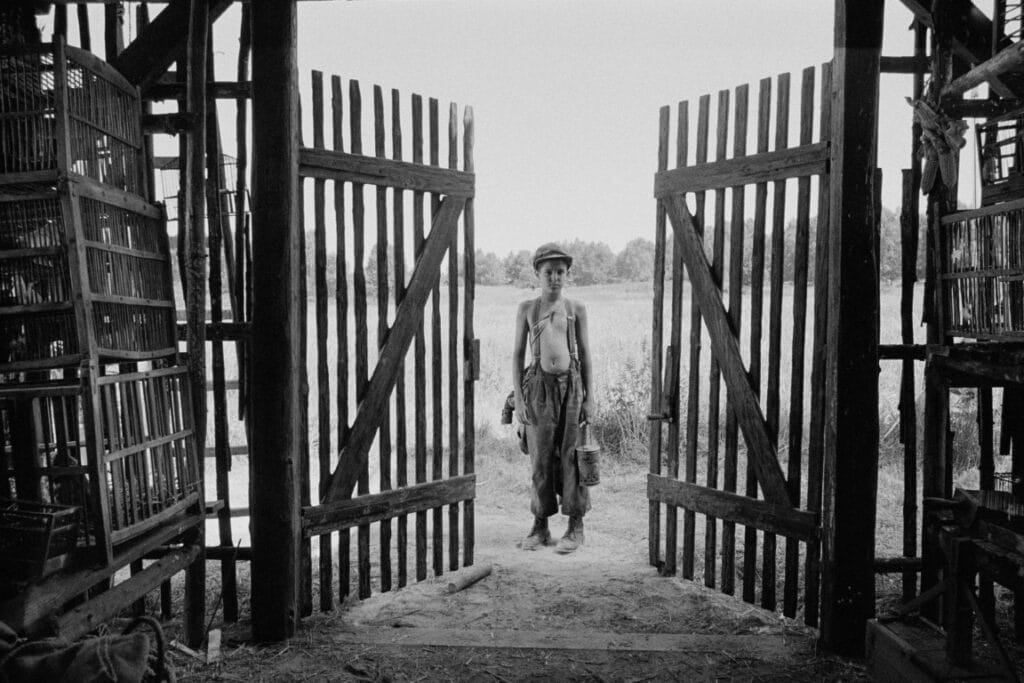Read also:
How to Watch FX Live Without CableHow To Watch AMC Without CableHow to Watch ABC Without CableHow to Watch Paramount Network Without CableVáclav Marhoul’s three-hour WW2 fable is a brutal film tied up a bit too rigidly in its meticulous depictions of violence.
The Painted Bird’s essence can be concentrated into its opening line: “It’s your fault.” Perhaps “concentrated” might be too gentle to describe the cosmic pilgrimage of indignities inflicted on the (mostly) unnamed Jewish boy (Petr Kotlár) at the center of Václav Marhoul’s film. An incidental chain of miseries separated by chapter titles named after the central figure(s), each section doesn’t offer a new emotional grain as much as it differentiates through escalating extremity and type of flagellation.
That’s less a basis of criticism than a general synopsis of the experience. Since its festival bow last year, the spectrum of reactions has expressed as much – a characterization that regularly greets consciously severe, three-hour black-and-white art films in the vein of proven masters like Andrei Tarkovsky and Béla Tarr. Add in regular comparisons to Pier Paolo Pasolini’s go-to comparative exhibition of psychic/physical torment, Salo, and The Painted Bird has guaranteed acolytes and dissenters long before it landed in front of its largest possible audience.
Despite those hallowed reference points, The Painted Bird is an Icarus hamstrung by its tedious cyclone of tones and paradoxically staid storytelling. Set during World War 2, the boy not only contends with superstitious villagers, vindictive millers, and pillaging neighbors, but also the panopticon of the Nazi party affecting every waypoint of his crucible, both directly and indirectly.

Interspersed throughout these waves of consuming hatred is a series of distinguished character actors like Stellan Skarsgård, Harvey Keitel, Udo Kier, and Julian Sands. Some inhabit conscious distortions of their personas (Kier and Keitel especially slot into this category), but they largely convey a visual respite from the intentional anonymity of the other legion of faces. They faintly whiff of prestige vanity but they act less as a distraction than a rhythmic flourish.
The clear highlight of these appearances is Barry Pepper, an extinguished Soviet soldier who vengefully reenacts the centerpiece of Targets on a neighboring village in between stoically reinforcing Stalinist philosophies and instilling a harsher outlook of the world. Comparable to Skarsgård in power but not effect in their brilliantly etched eyes, Pepper’s visage reflects its own parallel world. The outlying violence isn’t entirely without effectiveness: the aforementioned Kier sequence hits a volcanic peak when he brings a writhing sack into the hovel. The rest of the lodgers side-eye the package with a palpable tension about what unspeakable suffering the next seconds could bring.
These scenes are analogous in content, but their detachment feels less an interminable affect than a continuum of the rage and loathing that pervades every crevice of the film and its historical context. Marhoul and cinematographer Vladamír Smutný are meticulously controlled in their approach; camera movements attenuate with slow pull-ins, establishing shots that articulate physical desiccation of a space. Carefully placed shots enshrine the violation of a woman with a wine bottle. But both of those situations still underline the problem with The Painted Bird—that it feels too enamored with its own self-satisfied godlessness.
The Painted Bird … feels too enamored with its own self-satisfied godlessness.
To align it with more contemporary filmic examples, there are moments that recall Aleksei German’s Hard To Be A God’s viscous social chains, or the innate anti-Semitism of Radu Jude’s political allegory, Aferim!. And yes, in its see-saw rhythm of juddering brutality and serenity, there’s more than a touch of resident provocateur Lars von Trier.
But whether those disparate examples can be grouped together within its own ideological spread or formal forebears, it’s less accurate to play connect-the-dots with influences than to recognize that Marhoul’s film is confusingly not blasphemous or ruinous enough. It’s too considered of its designs.
God might be dead, but the film is unable to commit to its own aspirations of spiritual chaos beyond the action on screen. Whether he’s thrown to a wolf in sheep’s clothes by an ailing and magnanimous man of the cloth or had his worthlessness reiterated by figures more devout in their misanthropy than self-loathing, these vulgar tasks are portrayed with such militant, practiced uniformity that they become indulgent slogs. The assumed poetry of The Painted Bird‘s sublimely photographed brutality practically expects to be preordained.

Much of the ongoing conversation around cinematic severity—whether it be the sheer gratuitousness or the expectations of its extremity—comes down to a question of purpose, or perhaps a question of whether it earns its point.
It’s a proposal that has sometimes plagued this writer as to whether it’s a bad faith conclusion to criticize something for accomplishing its stated objective. Or rather, whether artful brutality is enough for a film to hold up on its own merits. It’s not difficult to imagine that some might find transcendence in this particular spectacle. But if this review is finally concluded with an allusion to Tarkovsky’s own Andrei Rublev, it has to be asked: “Where is The Bell?”
The Painted Bird opens on VOD and in select theaters July 17th.